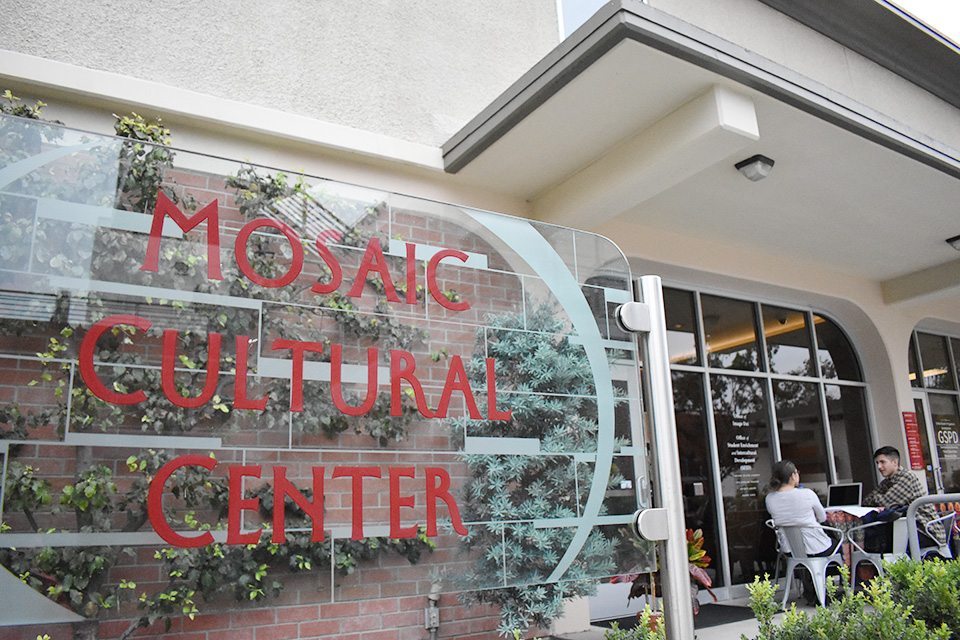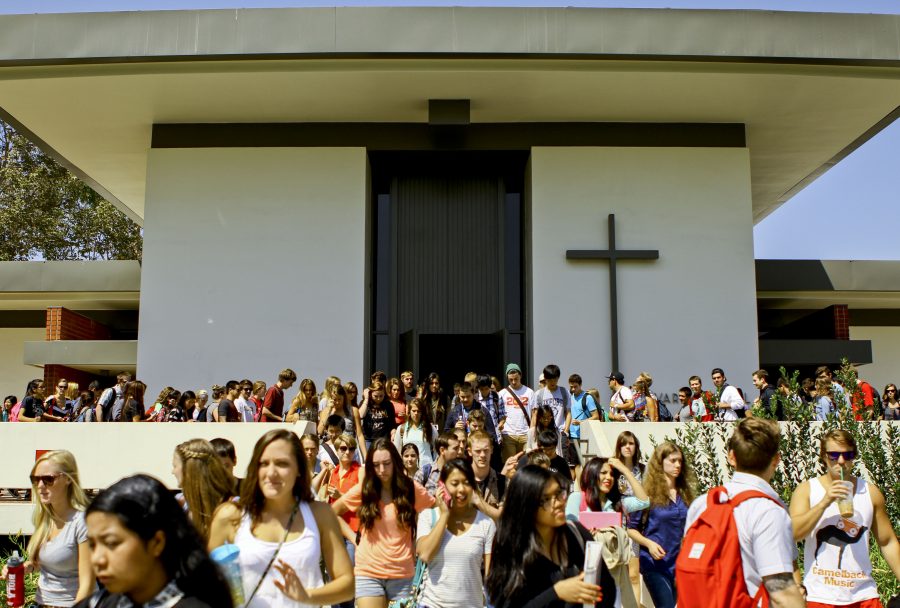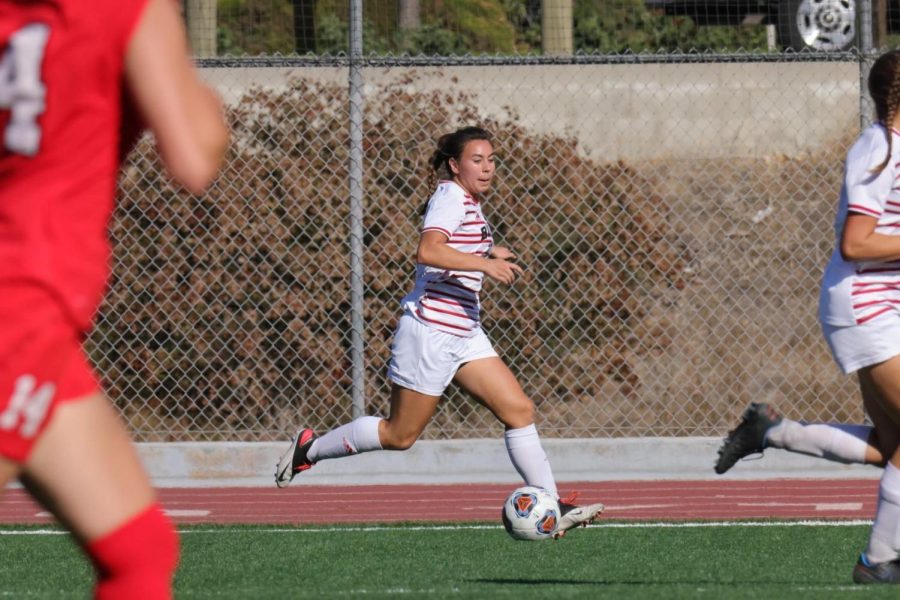While Biola seeks to diversify the student population, CollegeData shows that it remains 29.1 percent white, 20.9 percent Hispanic 18 percent Asian and 2.5 percent African-American. Such small numbers show minority students do not play as prominent a role as they could.
Fusion forms
As part of Student Enrichment and Intercultural Development, affinity groups offer students a chance to come together and discuss aspects of life unique to their ethnicity. There are currently eight groups offered, generally separated by male and female.
Chocolate Chat, for example, allows African-American women a place to come together as a community. Junior journalism major and Chocolate Chat intern Magdalen Rath spoke about her first experiences with affinity groups.
“I heard about Chocolate Chat my freshman year, another black girl invited me to dinner,” Rath said. “I went, and I felt at home. I felt like I could be myself around a group of girls. And that’s a really unique experience for a lot of people of color on campus.”
While affinity groups provide a comfortable community to open up in, students who classify themselves as multi-ethnic still lacked a group in which they could share similar experiences. Fusion is the newest affinity group on campus that allows just this for both men and women. Junior nursing major and Fusion intern Karis Christensen explains her goals for the group.
“We want to create a safe place for multi-ethnic people to share their experiences and relate,” Christensen said. “Just talk about how being multi-ethnic has shaped their identity and have discussions about it.”
Rath explains how Chocolate Chat, one of the first affinity groups and more established than the others, not only has monthly meetings, but they come together throughout the semester for fun activities as well.
“It’s really fun because you get to do things probably the majority of Biola would enjoy, but you get to do that around people who are like you and have experienced life in the same space as you have, it’s really refreshing and unique for a lot of people at Biola,” Rath said.
The importance of diversity
Christensen wants this for Fusion as well, but is still trying to get the group on it’s feet.
“We want to implement [group hangouts]. We’ve just had the meetings so far, but we want to make it into more of a community,” Christensen said.
Currently, there are approximately 12 members of Fusion, but so many more multi-ethnic students make up the Biola community. One of their biggest methods for finding new members is through word-of-mouth. Similar to how Rath got invited to a meeting, they hope existing students will invite their multi-ethnic friends.
Rath commented on the importance of providing a strong community for these students.
“Biola, unfortunately, doesn’t have a good track record of keeping minorities all four years,” Rath said. “It’s a product of not having much diversity on campus.”
Both Rath and Christensen believe if more students knew about affinity groups, this community could become even stronger.







